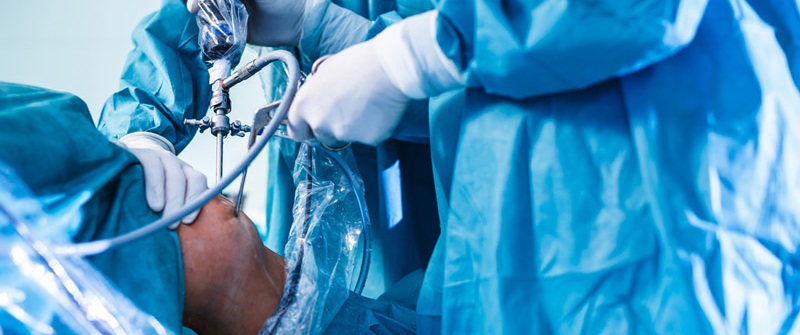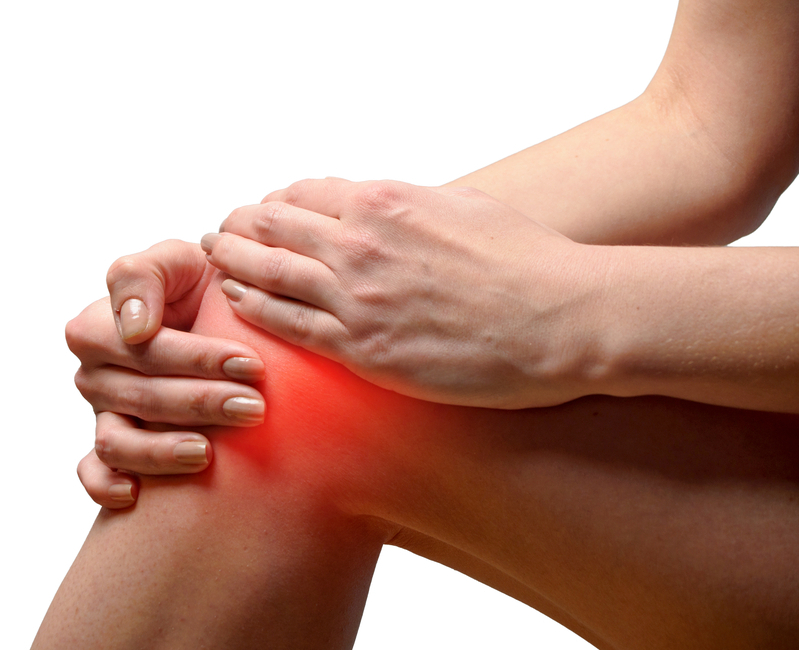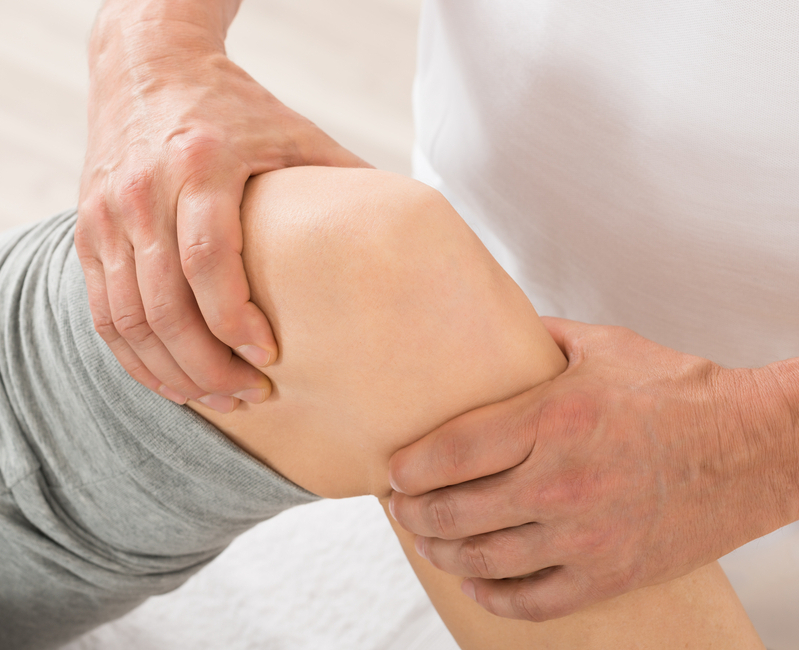Whether you have just started running as part of your new workout regime or are a seasoned veteran who has been running for years, the chances are that you may have experienced a bit of pain in the knee. This is called runner’s knee. Running is a high-impact activity that puts loads of stress on your knee joints, therefore, increasing the risk of injury and even arthritis. Now, people may assume that running is bad for your knees. This is completely absurd. Running is extremely beneficial for your health. The problem is in the way you run. Running incorrectly is what causes knee and leg pain. If you do it correctly, running doesn’t hurt your knees. People who experience knee and leg pain when running are either doing it incorrectly or have a medical condition that needs to be addressed.
If you have lately experienced knee and lower leg pain after running, then do not take it lightly because it may lead to grave concern in the future if you overlook it today. This is why you are advised to look for the best pain management specialist near me and have your leg and knee diagnosed.
What is a runner’s knee?
Runner’s knee is a condition of the kneecap that emerges when an individual indulges in running activities. It is also known as iliotibial band syndrome, chondromalacia patella, patellofemoral malalignment, and anterior knee syndrome.
Running is an activity that repeatedly stresses the knee joint. Also, this is a common condition in people who are obese or overweight. All the weight and pressure out on the patella make it strain out, causing inflammation and swelling.
The knee and leg pain when running comes in many different forms. It can be dull, sharp, creaky, shocking, zinging, and achy. While knee specialists and physiotherapists use the popular 0-10 scale to measure how much pain affects function, knee, and lower leg pain after running can be very subjective.
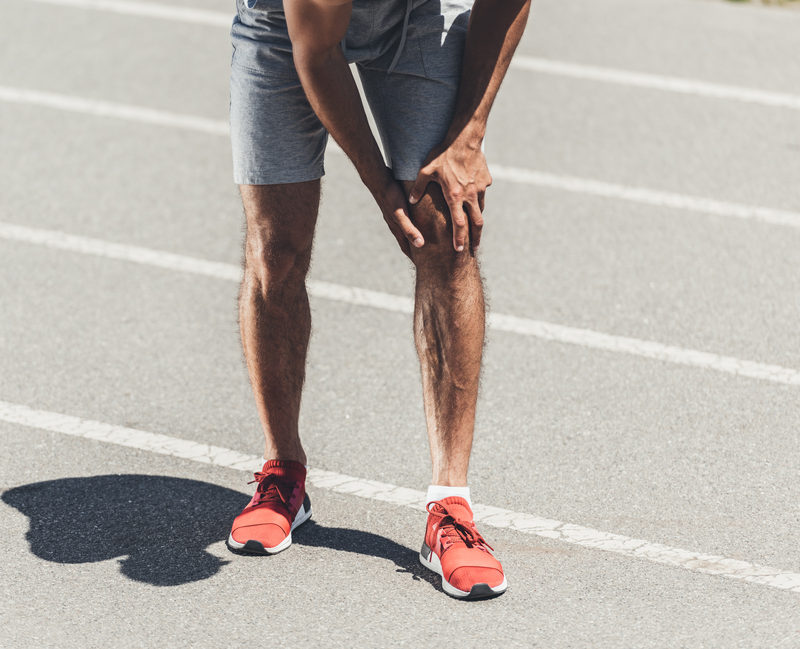
For instance, for some people, even a slight ache can be very dreadful when they bend their knee. And for some, they can easily bear the pain while running.
With that said, it is essential to understand the difference between a real injury or an annoying ache.
According to experts, some of the pains and aches associated with running might go away with certain stretches, right hip-strengthening or glutes-quad exercises, or with footwear changes.
However, some aches and pains have serious symptoms and therefore require more attention, which includes pain therapy, physiotherapy, pain medications, rest, and even surgery.
What are the symptoms of knee and leg pain when running?
A dull, aching pain behind or around the kneecap is the primary symptom. This is because when you run, your patella or kneecap meets the lower part of the femur (thighbone).
The pain can be excruciating sometimes, particularly when you:
● Run
● Walk
● Climb or descend stairs
● Sit for a long time with your knees bent
● Sit down and stand up
● Kneel
● Squat
If the condition worsens, you may experience symptoms like grinding or popping in the knee. Please note that the pain can be localized or spread across the knee. So, it is vital that your doctor first determines from where the pain is occurring before beginning the treatment.
To pinpoint the exact location of the injury, the specialist knee doctor will obtain a complete medical history and perform a thorough physical exam, which includes x-rays, CT scans, MRI, or even blood tests.
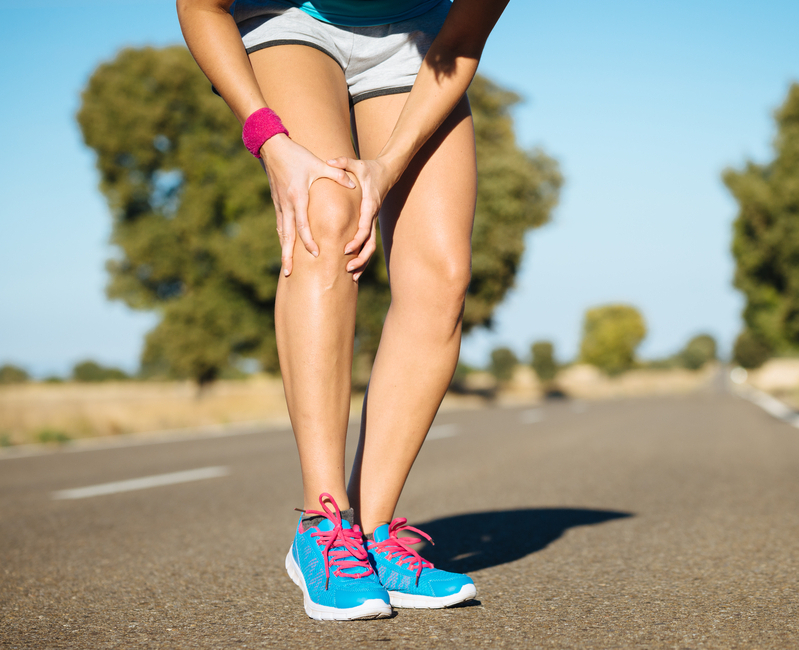
Treating Severe Knee and Leg Pain
In the majority of the cases, the treatment involves RICE therapy. Following this can give you ample relief from pain. RICE includes:
● REST: avoiding repetitive and constant stress on the injured knee
● ICE: applying ice pack on the injured area for up to 30 minutes
● COMPRESSION: wrapping the injured knee with a medical bandage to restrict swelling
● ELEVATION: placing a pillow under the knee when lying down or sitting to prevent swelling
If you practice this, you will see results within one week. However, if the pain persists and you experience severe knee and leg pain even after the RICE therapy, then your doctor may recommend cold laser therapy.
Cold therapy is the use of a laser of varying wavelengths, also known as low-level laser therapy (LLLT), to enhance the recovery process.
Final Words
If you experience pain in your knee, you should not wait to see how it proceeds and immediately consult your doctor. Getting professional advice will save you both time and money and prevent you from experiencing excruciating pain in the future.

